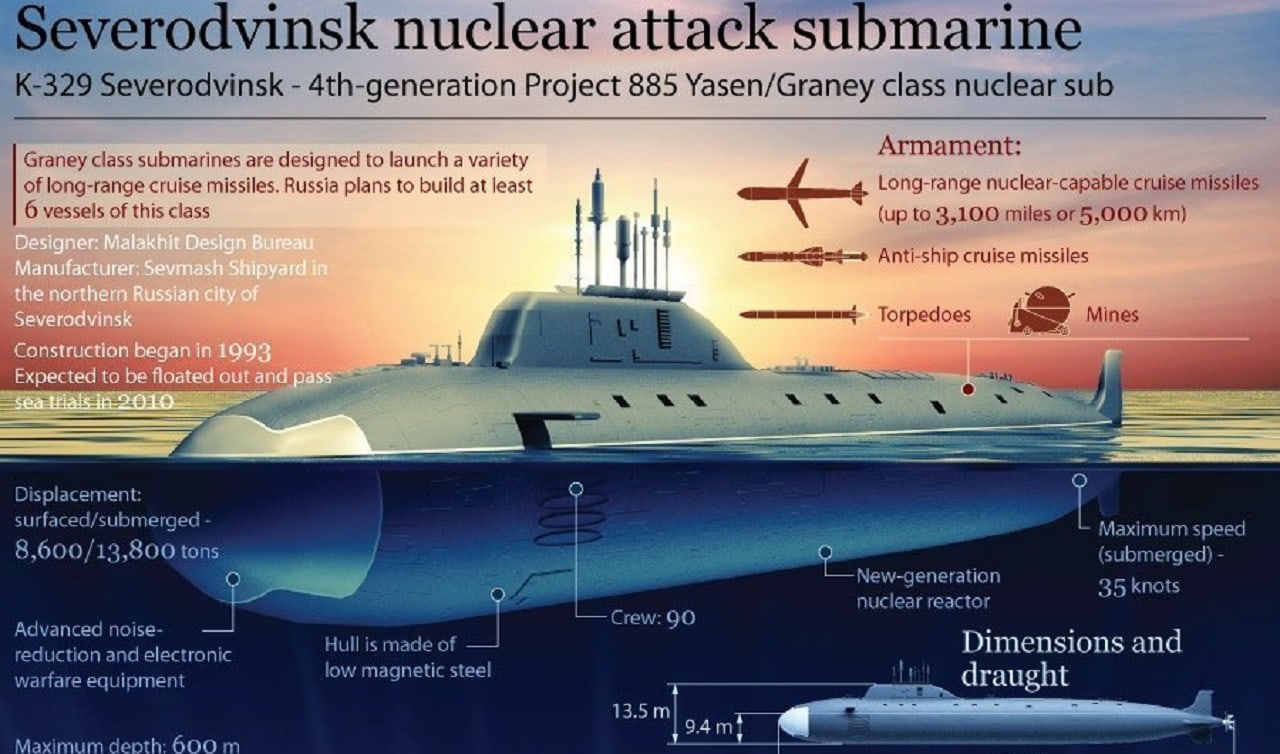NATO navies put their unmanned maritime capabilities to the test off the coast of Portugal in late September during the first alliance-led exercise focused on those systems.
The exercise, Dynamic Messenger 22, was held in the waters off of Portugal’s Troia Peninsula from September 23 to September 30. It was immediately preceded by the Portuguese-led exercise REPMUS 22, which saw over 120 unmanned systems integrate with manned systems during drills in the same area.
The two exercises, and NATO’s enhanced role in each of them, reflect the increased importance that the alliance is putting on unmanned systems to counter enemy submarines and other threats at sea.
Experimenting for the future
Dynamic Messenger 22 involved 1,500 personnel from 16 NATO member-states operating more than 18 ships and 48 unmanned vehicles. It was conducted jointly by NATO’s Allied Maritime Command and Allied Command Transformation.
Allied Maritime Command, NATO’s main maritime command, said participants practiced counter-mine warfare, protecting ports, countering conventional submarine threats, and addressing asymmetric threats like terrorism.
Exercises like Dynamic Messenger “can help showcase opportunities for allies to see where they may want to invest in the future,” said Vice Adm. Guy Robinson, chief of staff for NATO’s Allied Command Transformation, which is responsible for identifying challenges and opportunities the alliance faces in the future.
Many NATO members see unmanned maritime assets as valuable additions to their fleets, and the role of those assets in alliance naval exercises has increased in recent years.
“The deployment of unmanned maritime systems among NATO members is steadily increasing,” said Angelos Tsereklas, managing director of SOTIRIA Technology, which creates underwater intelligence and security products and participated in REPMUS 22.
By 2030, sales of unmanned underwater vehicles are projected to increase 150% from $4 billion today, Tsereklas told Insider.
Vice Adm. Keith Blount, who oversees Allied Maritime Command, noted that experimentation like that in Dynamic Messenger was important to informing future operations, saying at the start of exercise that “experimentation is an accelerant to make sure that we think ahead and stay ahead.”
Russian maritime threats
NATO is particularly concerned about staying ahead of Russian maritime capabilities, especially submarines. In recent years, Russia has been modernizing and expanding its 58-vessel submarine fleet and the port infrastructure needed to support it.
In 2014, Moscow launched its first Yasen-class nuclear-powered guided-missile submarine and continues to built them. Russia’s navy is also adding more modern Borei-class nuclear-powered ballistic-missile subs to its fleet.
Nuclear propulsion allows those subs to remain at sea for longer, and improvements to Russia’s sub-launched missile arsenal, especially its Kalibr cruise missiles, allow those subs to target ports and other infrastructure.
A number of Russia’s submarines are now outfitted with Kalibrs, which have a range of roughly 1,000 to 1,550 miles. Kalibrs have already been used in Syria and Ukraine.
Russia has also started deploying its submarine fleet more widely.
Following Russia’s attack on Ukraine in 2014, the US “saw an uptick” in out-of-area deployments by Russian submarines, which “culminated” in Russian subs operating off of the US East Coast, Vice Adm. Daniel Dwyer, commander of the US Navy’s 2nd Fleet, said in February.
That led the US Navy to conclude that the Atlantic Ocean “no longer provided that geography that enabled” protection of the mainland US “for so many decades,” Dwyer added.
A concerted effort
Unmanned systems are seen as an inexpensive and less risky way to track and even attack enemy submarines and can be combined with manned assets for better results.
A mix of manned and unmanned assets used to track submarines could cost less than one-third of what it costs for a fully manned force to do the same task, according to Timothy Walton, a fellow at the Hudson Institute think-tank.
Those unmanned vessels could help detect and eliminate other underwater threats, like sea mines.
“Unmanned platforms already play a disruptive role in how underwater surveillance is being transformed,” Tsereklas told Insider. “They are less detectable. They can host multiple modules of sensors. They are scalable and more autonomous [and] thus can be used to collect bigger amounts of data.”
Dynamic Messenger built upon a number of recent allied exercises incorporating unmanned maritime systems, chief among them the annual REPMUS exercise, which focuses on integrating unmanned systems with NATO-member navies.
REPMUS — short for “Robotic Experimentation and Prototyping using Maritime Uncrewed Systems” — supports NATO’s Maritime Unmanned Systems Initiative, which was launched in October 2018 to promote the use of unmanned systems in the alliance’s naval operations.
The Maritime Unmanned Systems Initiative is a flagship effort aiming to move NATO in “the direction of transitioning from large and expensive fleet platforms to fleets of autonomous systems,” Tsereklas said, adding that manned systems would remain crucial in “ensuring the integrity of critical infrastructure from underwater threats.”
NATO views unmanned systems’ contribution as critical and has said that their introduction “can create a fundamental shift in countering multiple threats in the maritime domain.”
Constantine Atlamazoglou works on transatlantic and European security. He holds a master’s degree in security studies and European affairs from the Fletcher School of Law and Diplomacy. You can contact him on LinkedIn. This first appeared in Insider.

